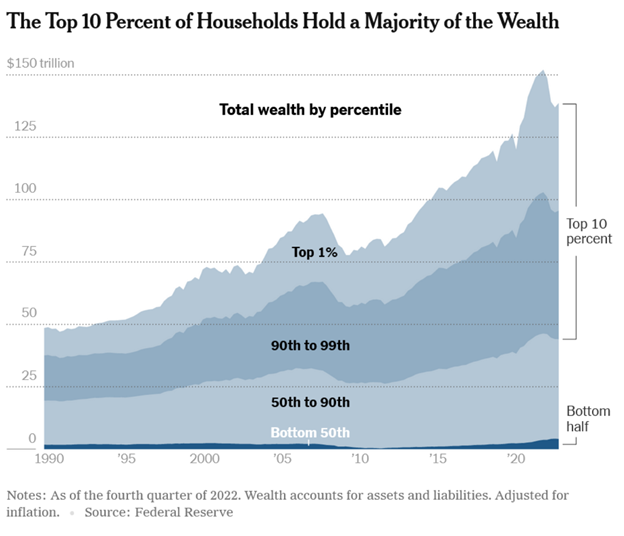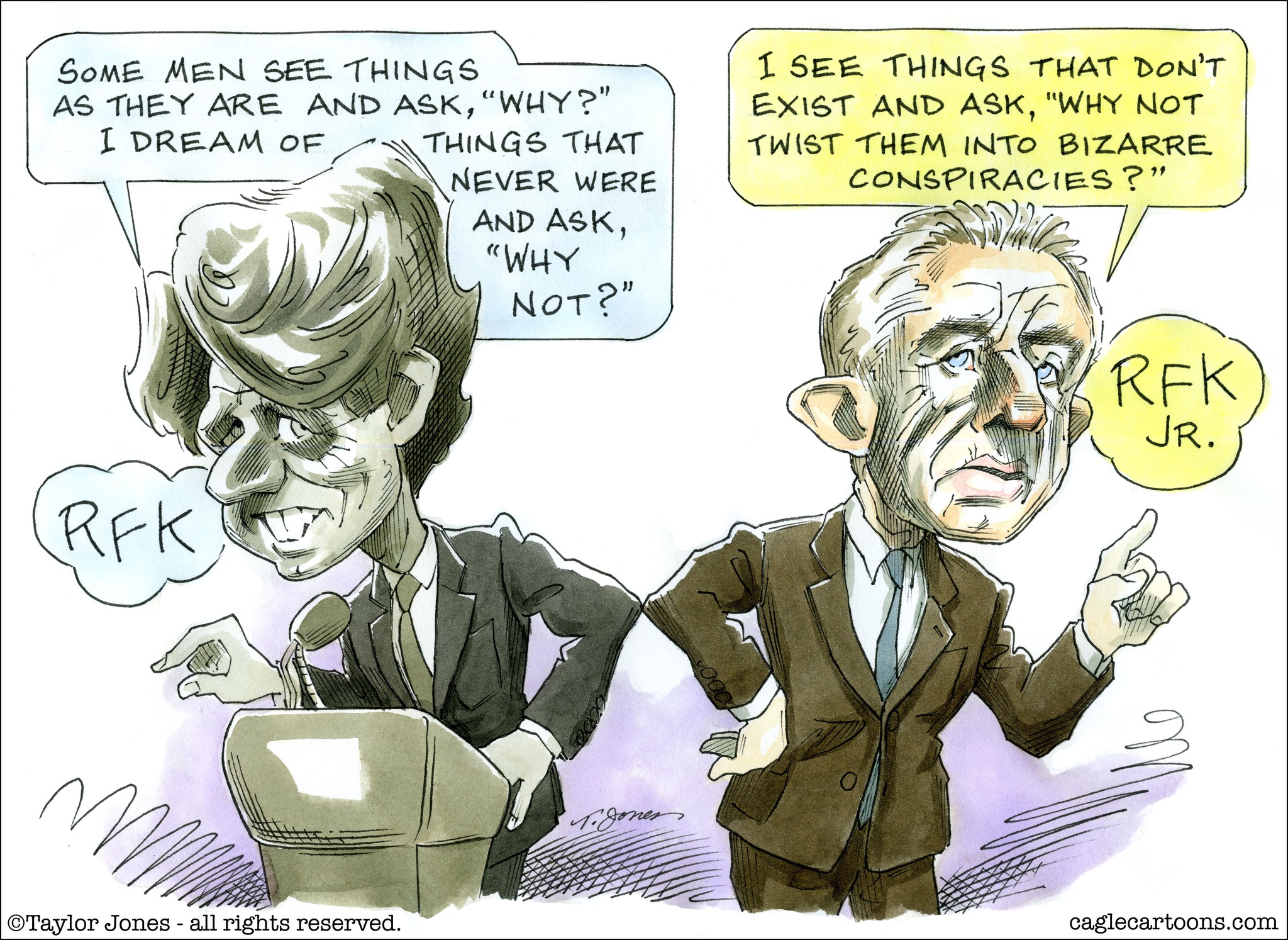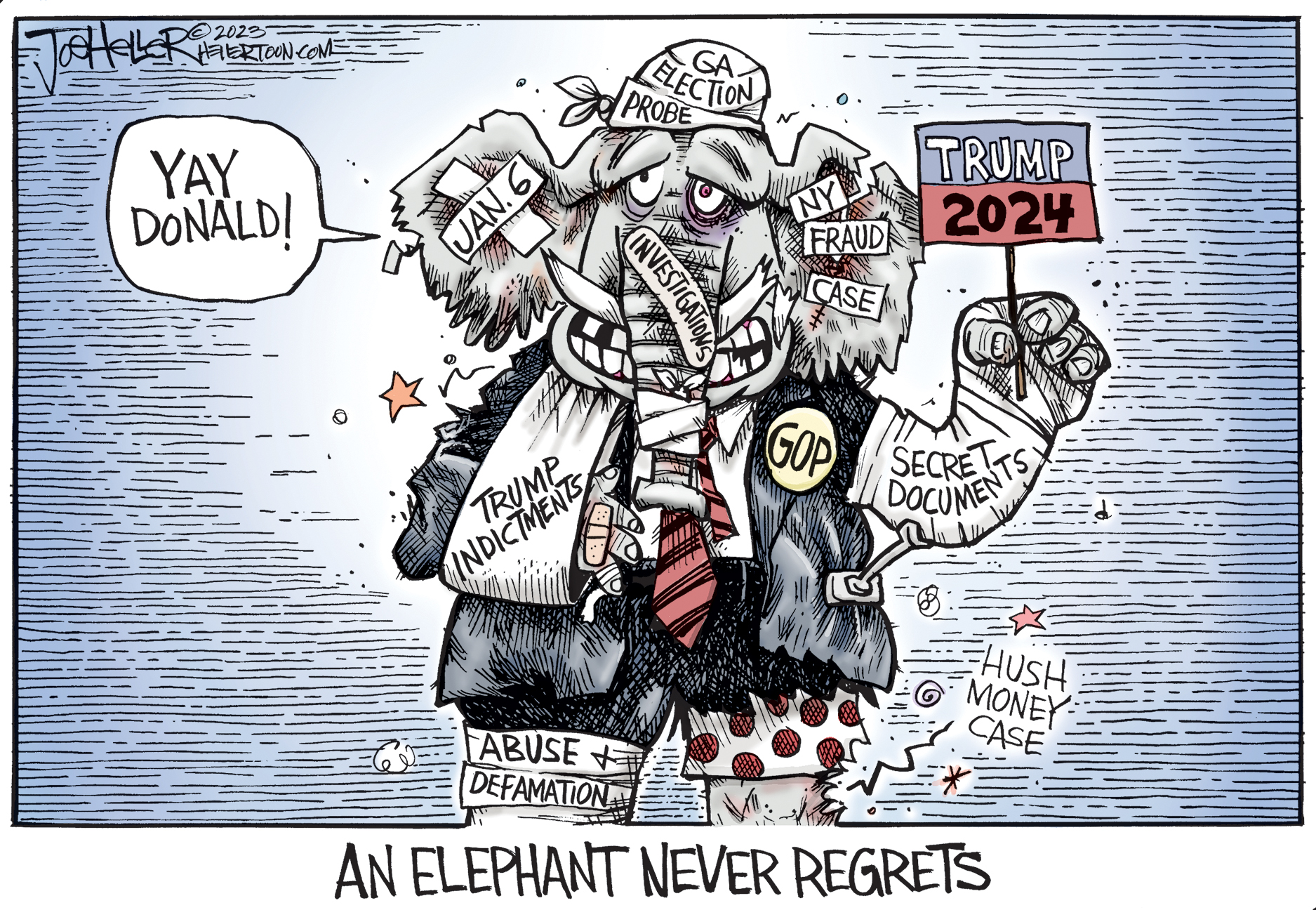The Daily Escape:

Trail Ridge Road, Rocky Mountain NP, CO – September 2023 photo by Rick Priebe
On Friday, The UAW union expanded its strike against GM and Stellantis, two of the Big Three automakers, ramping up pressure on the companies to reach deals on new contracts. The union walked off the job at parts distribution centers of both manufacturers but spared Ford, saying the company had done more to meet its demands. From the NYT:
“Our pressure on Ford is starting to pay off,”
But there was no indication a deal with Ford was imminent. More:
“Stellantis workers walked out at 20 of the company’s parts distribution centers Friday, while G.M. workers went on strike at 18 centers.”
Ford Canada reached a deal last week with the union that represents its Canadian workers. It may offer a clue to the US outcome: The deal provides for pay increases worth up to 25% over three years, as well as bonuses, improved retirement benefits and measures to protect employees as Ford retools factories for electric vehicles. The union, Unifor, is negotiating separately with GM and Stellantis in Canada.
The UAW is asking for a 37% wage increase over four years, improved retiree benefits and shorter work hours. They also want an end to a tiered wage system that starts new hires at much lower wages than the top UAW pay of $32 an hour. Importantly, more than 18,000 UAW members are now on strike.
Some context: UAW workers made significant sacrifices to help keep the big three afloat, amidst the financial crisis in 2009. They made those sacrifices based in part on the promise that the Big Three would eventually renew their compensation and benefits, which the Big Three never did. There were no cost of living adjustments, despite the Big Three going from losing money to record profitability (and tens of $ billions in stock buybacks).
And this week, Biden will join the strike in an extraordinary move of support. From CNN:
“Biden will travel to Michigan on Tuesday and walk the picket line with members of the United Auto Workers union, he announced Friday…”
Biden said in a post on Xitter:
“Tuesday, I’ll go to Michigan to join the picket line and stand in solidarity with the men and women of UAW as they fight for a fair share of the value they helped create. It’s time for a win-win agreement that keeps American auto manufacturing thriving with well-paid UAW jobs,”,
This presidential appearance on a picket line is a historic first. It is also an opportunity to score political points, since it comes one day before Trump is scheduled to deliver a speech to an audience of current and former union members in Detroit. In July, Trump asked the UAW to endorse him, so both politicians are working hard to gain traction with the union.
The UAW was angered by Biden’s pumping tax money into nonunion electric vehicle suppliers, and has withheld its endorsement, even as most other labor unions have rushed to back Mr. Biden’s re-election.
Back to some context for the UAW strike: The WSJ reports that:
“The Detroit companies’ labor costs, including wages and benefits, are estimated at an average of $66 an hour…”
That compares with $45 at Tesla, which isn’t unionized.
Hopefully, the UAW strike will yield fair results for the workers, given the enormous profits the companies are making, the generous salaries the industry’s execs are reaping, and the sacrifices labor made to keep the lights on when the industry was on life support in 2008.
This may well be the union’s last big strike when you consider that nearly half of all the cars built in the US are manufactured in 31 foreign-owned plants. None of these facilities are unionized, and their workers are generally paid less than those at union plants.
The move to EVs will be also be a sea-change reality for auto labor. There is likely to be a 40% reduction in the labor required to build the new engineless cars. Electric motors are much simpler than internal combustion engines. It is estimated that in less than 10 years, two-thirds of all new cars will be electric.
While the impact on labor throughout the supply chain will be dramatic, plenty of internal combustion engines will remain in use, even if not in production. That will provide stability for auto maintenance and repair workers for decades to come.
Nonetheless, the writing is on the wall. Workers with computer skills and AI capability will replace many traditional lunch-pail workers at plants assembling automobiles.
Time to wake up America! Not so long ago, the thought of a UAW strike was traumatizing because of the enormous workforce the union represented. A half-century ago, the UAW represented 1.5 million auto workers (1.5%) out of a total American workforce of just under 100 million workers. Today, UAW membership at GM, Ford, and Stellantis is about 150,000 employees (less than one percent) out of a total American workforce of 160 million workers.
Imagine if today’s number is reduced by 40%, or 60,000 workers! This means that the UAW loses its ability to represent its workers effectively by 2033!
To help you wake up, watch and listen to Green Day perform their hit “Wake Me Up When September Ends” from their 2004 album “American Idiot” at England’s Reading Festival in 2013. Frontman Billie Joe Armstrong wrote the song about the death of his father when he was 10 years old. But it has come to express loss of all kinds. Gotta love those English crowds:
You realize that the country is growing older, that Biden is growing older, the song is growing older, Green Day is growing older, and the union movement in the US is growing older too.
Regardless of how much time has passed, this song hits just as hard as it did when it was introduced 19 years ago.
Sample lyric:
Summer has come and passed
The innocent can never last
Wake me up when September ends
















